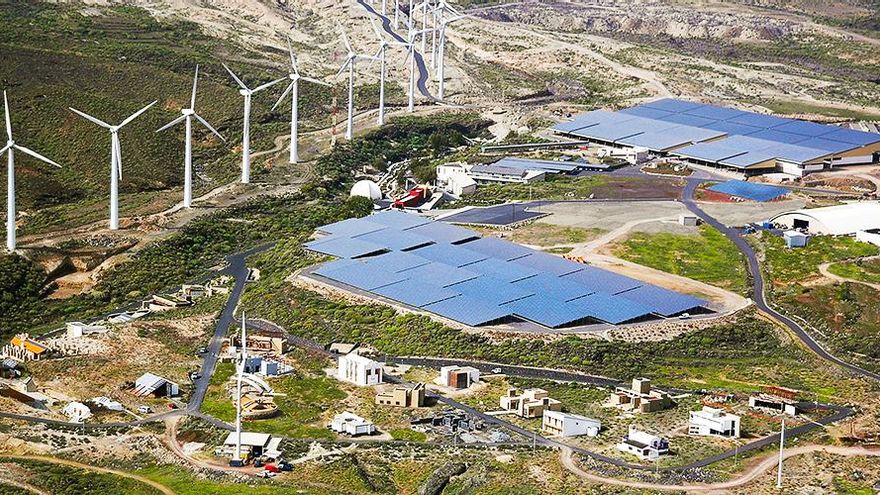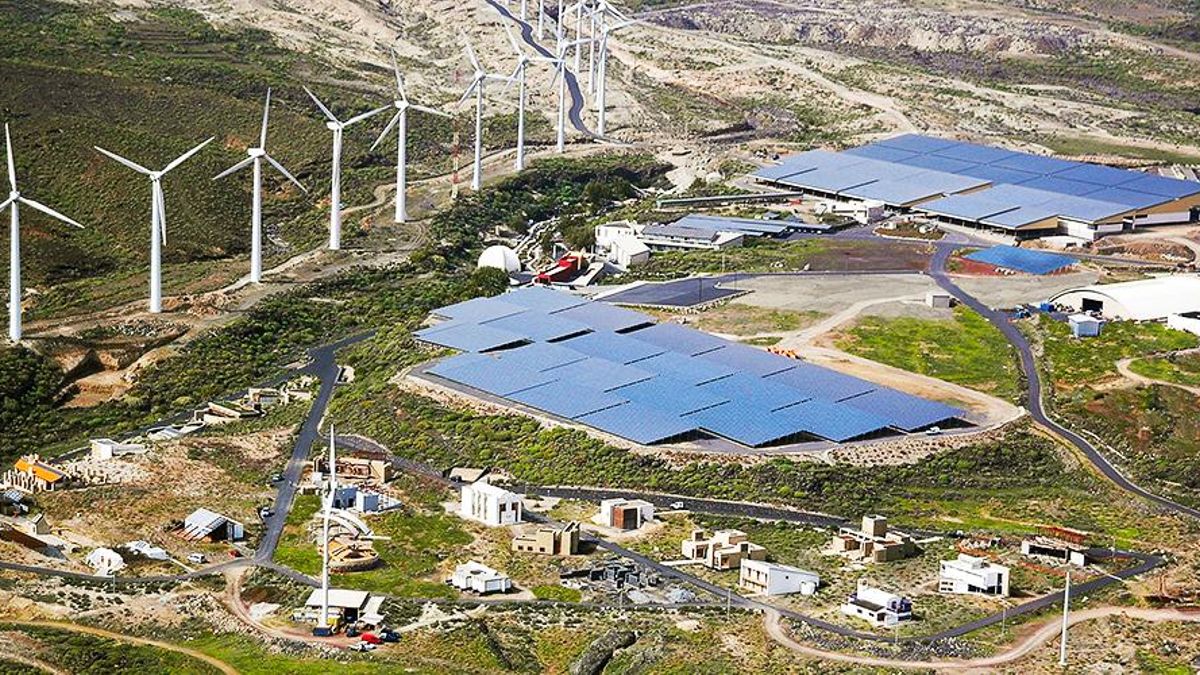ITER Advances in Aerogenia Project for Wind Turbine Maintenance

The Technological and Renewable Energy Institute (ITER) has taken a significant step forward in developing the Aerogenia project, aimed at optimising predictive maintenance for wind turbines.
Successful Validation of Autonomous Navigation System
This week, the ITER Robotics Unit participated in a working session with researchers from the Computer Vision and Aerial Robotics (CVAR) Group at the Polytechnic University of Madrid (UPM). During this session, the autonomous navigation system designed for aerial inspection of wind turbines was successfully validated.
Key Operation Phases Tested
As reported by the Tenerife Cabildo in a statement on Monday, the tests verified the system’s correct operation in key phases such as take-off, autonomous flight following predefined trajectories, and automatic capture of multispectral images of the wind turbines. These images will be processed to detect potential defects in the components.
Practical Training for ITER Staff
Additionally, ITER staff received practical training on operating the autonomous navigation system based on the open-source software Aerostack2. This training will enable the integration of this technology into future preventive maintenance routines for wind farms.
Innovation and Impact
Juan José Martínez, the island’s councillor for Innovation, Research, and Development, highlighted in the statement that “this project is a clear example of how Tenerife can lead technological innovation with global impact,” by developing solutions that enhance the efficiency and safety of renewable energies.
Aerogenia Project Objectives
The main objective of the Aerogenia project is to develop, validate, and industrialise a comprehensive defect diagnosis system for wind turbines.
Funding and Collaboration
The initiative, led by ITER in collaboration with the Polytechnic University of Madrid (UPM) and the University of Alcalá (UAH), has a budget of €709,164.88, co-financed by the Ministry of Science, Innovation, and Universities, the State Research Agency, and the European Union through the Next Generation funds.













